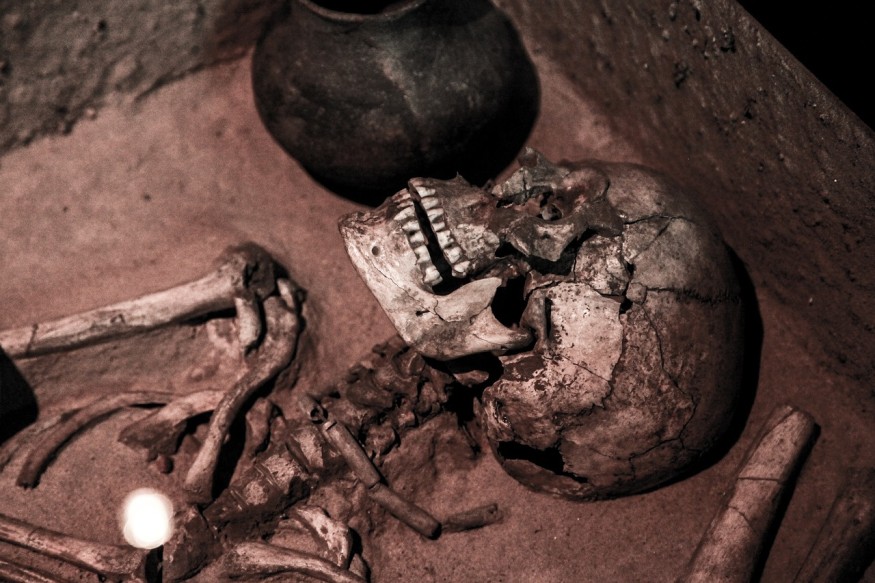Initially believed to belong to a bear, a bone that was unearthed from a cave in Alaska is actually from a woman who lived 3,000 years ago in the region. According to Live Science, the woman's genetics are very similar to those of modern-day Native Americans living in the area.
The 1.2-inch-long bone fragment was found alongside a bone awl and shell beads, indicating that the cave had been inhabited by prehistoric humans. Despite early assumptions that the bone was from an animal hunted by Native Americans living at that time, it was discovered to be from one of their own.

Young Lady in the Cave
The bone fragment was stored in an archive after its discovery in 2019. Genetic tests carried out by a doctoral student of biological sciences at the University at Buffalo revealed that the bone belonged to a Native American woman who lived approximately 3,000 years ago.
It was determined that the genetics of the woman, named "Tatóok yík yées sháawat" in the Tlingit language or "young lady in cave," are the same as those of the Tlingit people and other related Native American peoples who still inhabit the region today.
The research, titled "A Paleogenome From a Holocene Individual Supports Genetic Continuity in Southeast Alaska" published in the journal Science, suggests that TYYS was a descendant of people who came in the first wave of migration from Siberia to North America around 23,000 years ago.
The bone fragment was part of the humerus or upper arm bone, and only around 15% of TYYS's genome could be extracted from it. Further research revealed that the genetics of TYYS are not found in ancient DNA from the Paleo-Inuit people who migrated to the region around 6,000 years ago or the Neo-Inuit people who arrived between 2,000 and 1,000 years ago.
It suggests that TYYS's ancestors came in the first wave of migration and did not interbreed with the other two waves of inhabitants. The discovery is significant as it adds to our understanding of the migration patterns of early Native American populations.
The bone fragment was discovered by Alber Aqil, who described the find as the highlight of his early career. He explained that the Tlingit people have been in the region for a very long time, and the research supports the belief that they arrived in North America from Siberia in three waves of migration.
Link Between the Ancient Human Bone to Modern People in Southeastern Alaska
The research has shown that Tatóok yík yées sháawat is most closely related to present-day Tlingit people and nearby tribes along the coast. This supports the idea that genetic continuity in Southeast Alaska has persisted for thousands of years, Science Daily reported.
Although human migration into North America began 24,000 years ago in waves, including the Paleo-Inuit about 6,000 years ago, analysis of Tatóok yík yées sháawat's DNA did not reveal ancestry from the Paleo-Inuit.
This research helps shed light on migration routes, mixtures of people from different waves, and modern territorial patterns of inland and coastal people of the Pacific Northwest. Tatóok yík yées sháawat also informs the oral origin narratives of the Tlingit people and their history in the region.
The Wrangell Cooperative Association Tribal Council will review the use of data from the study before releasing it out of respect for the Tlingit people's right to control and protect their cultural heritage and genetic resources. Aqil expresses excitement in contributing to the understanding of Southeast Alaska's prehistory.
RELATED ARTICLE: Siberians and Native Americans Related? Recent Discovery Shows Oldest DNA Link
Check out more news and information on Archaeology in Science Times.












